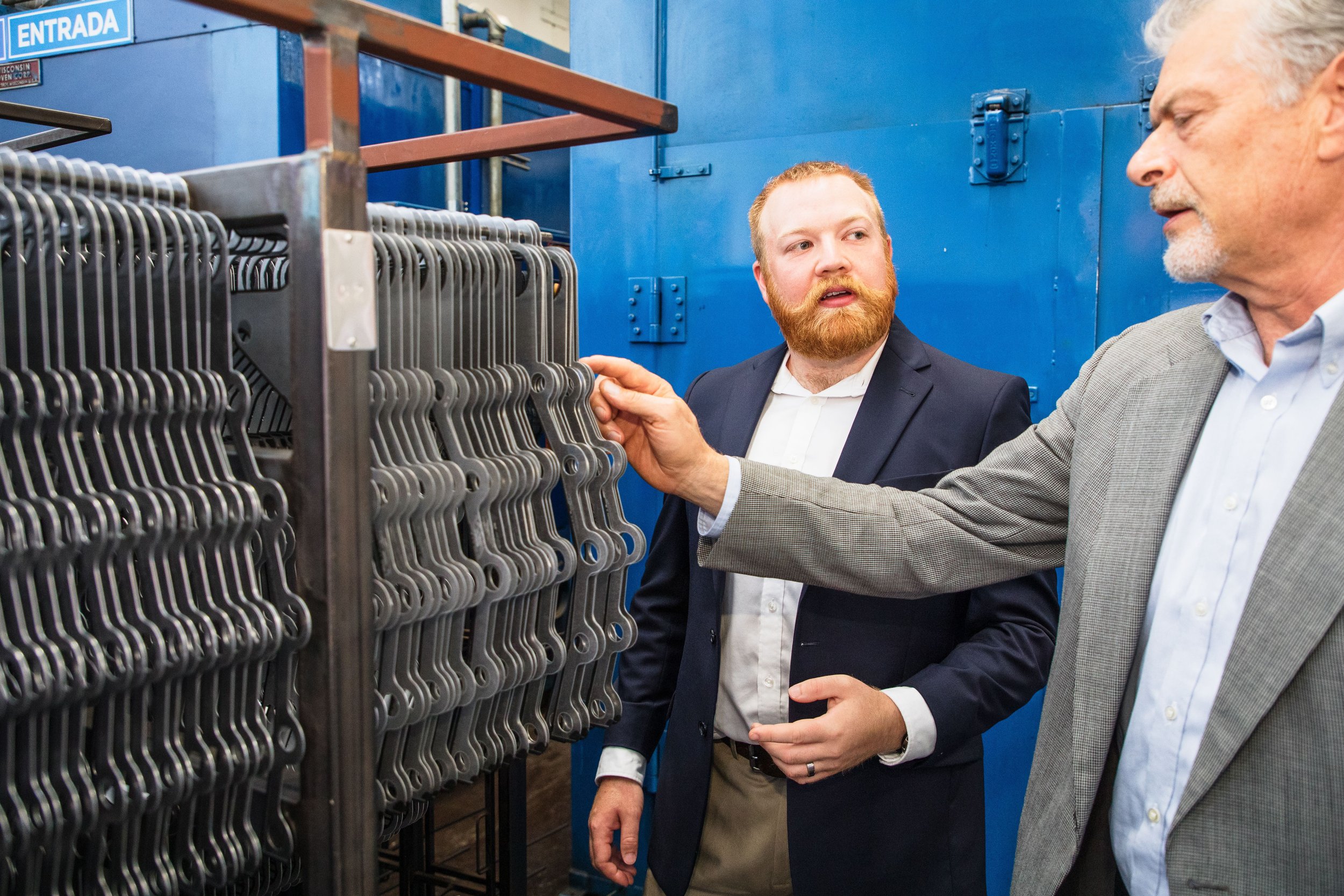How long does it take to design an automotive gasket?
Jesus Aduela, design engineer at Morgan Polymer Seals
“How long will it take?”
This is the question we hear most frequently from our customers, especially when we’re engaged to support product design from the beginning of a new program.
And since a seal’s design impacts 70% of its overall cost, we enjoy supporting your technical team throughout the entire design process.
Let’s take a look at the timeline and steps involved for the successful design of automotive gaskets and seals.
1. Discovery (1 - 3 days)
When you reach out to us with a new program, the first question we will ask is, “What is the seal's application?” because the use case will always drive the design. Our engineers meet with your technical team during this first stage to learn everything we can about the application and solicit additional requirements or requests. We will also ask:
How will the seal be used?
What are the system's operating conditions?
What type of media will be sealed?
What are the application requirements?
Once we understand these parameters, we can select the optimum material and determine the proper molding process.
2. Design Concept Development (1 - 3 days)
Example of Encapsulated Carrier Seal Design
Now that we've identified the seal’s application and requirements, we develop a design concept. The design concept is informed by the discovery process and by our decades of sealing experience. In many cases, we can leverage the work already performed to create an existing design and quickly make modifications to create a successful seal design to match the requirements of your specific application. In contrast, if an entirely new concept is required, it could take longer to determine the seal's requirements.
3. Component Positional Stackup (1 - 14 days)
Statistical Analysis of GD&T in an Assembly
The next stage in the seal design process is to create a positional stackup of the mating surfaces with which the seal will interact. By understanding where the seal fits into the mechanical system, we can verify that the seal design will meet all application requirements.
While we can complete basic vertical stackups relatively quickly, advanced stackups, such as floating vertical designs or horizontal statistical analysis stackups, take additional time.
4. Calculations (1 - 2 days)
Once we've established the application requirements, we perform initial calculations to refine the design shape. Our calculation tools, such as volume fill and maximum/minimum compression, are calibrated to match the precise requirements of the seal's application.
5. Finite Element Analysis (1 - 14 days)
Advanced Non-Linear FEA
For some designs, the next step in the seal design process is to perform a non-linear Finite Element Analysis (FEA). FEA is a computer simulation used to predict how a gasket or seal will react to real-world forces such as temperature, pressure, and displacement. FEA helps us measure the seal design against the conditions the seal will encounter at the extremes of those real-world forces. We iterate on the design, when necessary, to ensure the final design meets the application requirements.
6. Documentation and Design Approval (3 - 6 days)
Detailed Drawing of Critical Dimensions
Once we adjust the design per the calculations, we use CAD software to produce a 3-D model and a 2-D product drawing that details the seal's dimensions, tolerances, and specifications. Then we present the drawings and comprehensive FEA report to you for final design approval.
Based on the approved design, we finalize which molding process we will use to make the seal, and the design of the machine tooling.
7. Prototype Part Production (6 - 12 weeks)
Now that we have an approved design, we can either order a production tool to start full-scale production or order a prototype tool to prototype parts ahead of production. To ensure a quality product, we only source tools (steel molds) from our trusted US-based tooling partners who know our processes and machines.
8. Environmental Lifecycle Testing (14 - 20 weeks)
Some sealing applications require additional product testing to measure the effect of extreme temperatures applied to the seal over long durations. In this case, we perform durability tests with our in-house thermal test chambers that expose the product to extreme temperatures, ranging from -40°C to 150°C. Lifecycle testing helps verify that the seal does not overly deform, crack, split, or leak under these extreme conditions.
The Morgan Polymer Seals Advantage
Thomas Morgan and Mark Conlee, engineers at Morgan Polymer Seals
Do you have a program we can help with? Since 1997, Morgan Polymer Seals has supported the design of hundreds of sealing applications, and each year we deliver 100 million seals to OEMs in North America, Europe, and China. Our expert engineers understand the complexities of molding rubber seals so your technical team will always enjoy full-service support throughout the entire process.
For more information about custom seal design or to discuss your design and manufacturing needs, click the button below to send us a message and we’ll reply immediately.






